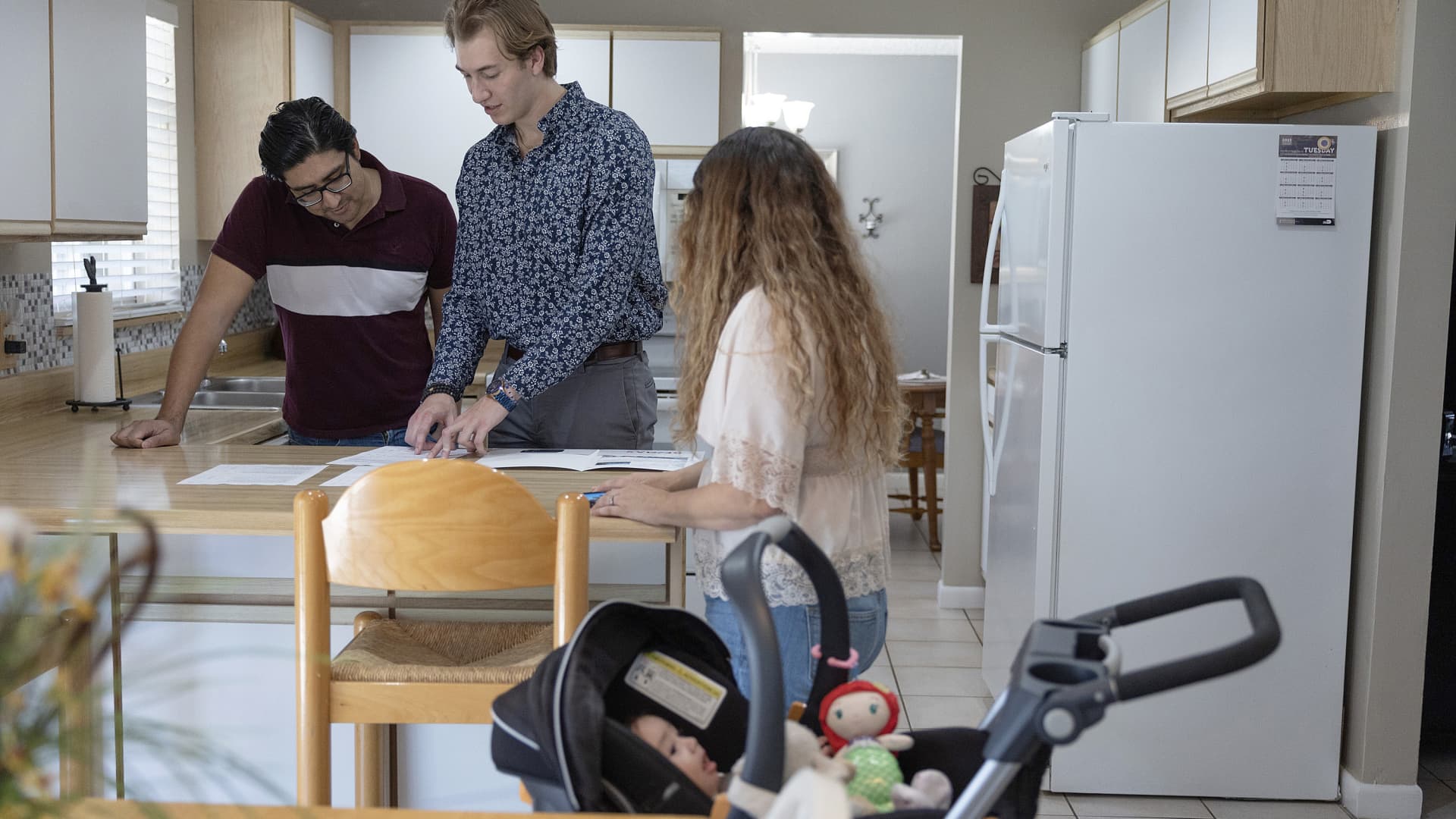The average rate on the popular 30-year fixed mortgage rose to 7.72% on Tuesday, according to Mortgage News Daily.
Mortgage rates follow loosely the yield on the 10-year Treasury, which has been climbing this week following strong economic data. Rates have not been this high since the end of 2000.
At the beginning of this year, the 30-year fixed rate dropped to around 6%, causing a brief burst of activity in the spring housing market. But it began rising steadily again over the summer, causing sales to drop, despite strong demand. The current trend appears to be even higher, with the possibility of rates crossing over 8%.
The Federal Reserve did not raise interest rates two weeks ago but indicated the possibility of another hike this year and fewer cuts than expected next year. Investors were waiting to see the results of economic data in the first week of October.
“It is now the first week of October, and data has been stronger,” wrote Matthew Graham, chief operating officer at Mortgage News Daily. “This morning’s JOLTS (job openings and labor turnover survey) is the biggest, baddest confirmation so far this week, and it’s pushing yields to fresh long-term highs. Pretty simple stuff, actually, even if unpleasant and unfortunate for fans of low rates.”
Higher rates have crushed affordability, hitting both the new and existing-home sales markets. While builders had been benefiting from the tight supply of existing homes for sale, higher mortgage rates are a major concern now. Builder sentiment slipped into negative territory in September for the first time in five months.
To put rates in perspective, for a borrower purchasing a $400,000 home with a 20% down payment on a 30-year fixed loan, the monthly payment today is about $930 more than it was when rates were at 3% during the height of the pandemic.
